According to the “Global Risks Report 2023” of the World Economic Forum, cybersecurity will remain one of the biggest concerns in 2024, with continued risks from attacks on technology-driven resources and services, including financial systems and communication infrastructure. In 2024, malware-free activities – phishing, social engineering, and leveraging trusted relationships – accounted for 75% of detected identity attacks.
Application Penetration Testing is a proactive method where you simulate attacks in your web applications to identify vulnerabilities. In this blog post, we will explore web app penetration testing, why it is crucial for your enterprise, and how enforce it effectively.
What makes Application Penetration Testing Important?
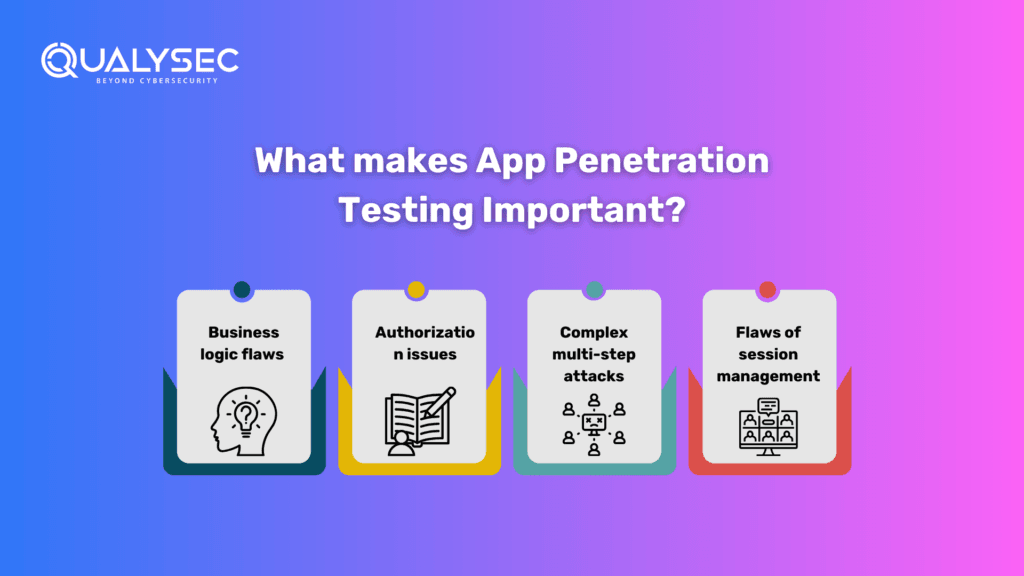
Application Penetration Testing is important, even if there are existing security measures. Let’s find out the following reasons:
- Business logic flaws: This is where the application fails in handling specific processes or workflows, and automated tools rarely detect them. A pen tester may realize that an e-commerce website allows customers to manipulate the prices during checkout, leading to unauthorized discounts.
- Authorization issues: Pen testing can reveal scenarios where users can access data or functions they shouldn’t. For example, a tester may find that a normal user can escalate their privileges to access admin functions, something an automated scan might not fully assess.
- Complex multi-step attacks: Multiple steps may need to come together to uncover a flaw, such as chaining up an XSS attack with one CSRF to compromise a user account. Pen testers can notice these complex attack paths that probably automated tools are going to miss.
- Flaws of session management: Tokens expiring improperly or even when session IDs are easily predicted, pen testers could get issues that automated tools won’t flag as critical, though they might be found and leveraged in a real-world scenario.
Types of Web Application Penetration Testing
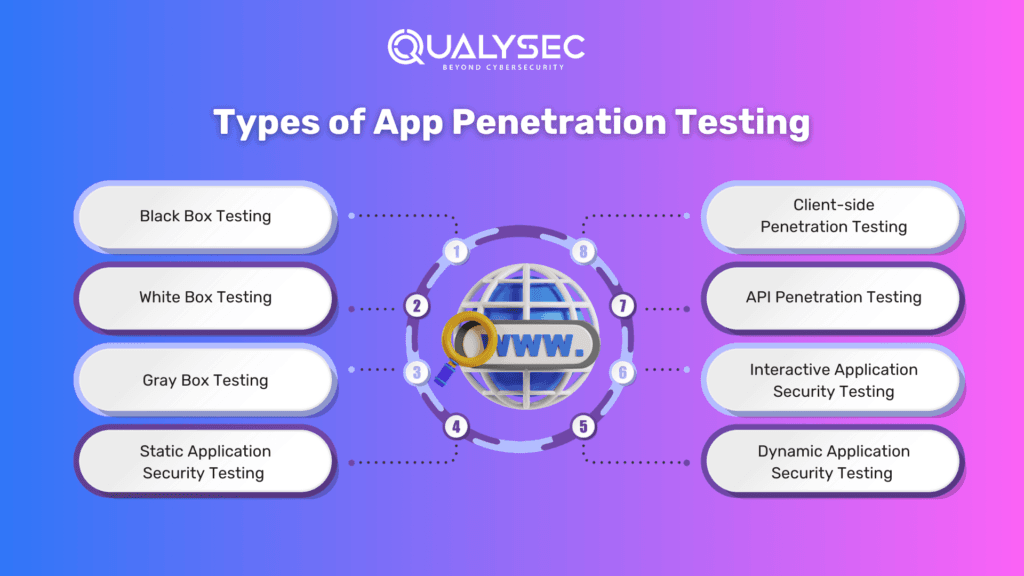
The various types of Web Application Penetration Testing can be differentiated on the basis of several criteria and focus aspects for web security. This process attempts to discover weaknesses that the hacker may later exploit. Below are the primary types of penetration tests, explicitly tailored specifically for web applications in 2025.
1. Black Box Testing
In black box testing, the tester does now not recognize how the software works inside. This technique simulates an outside cyberattack and concentrates on identifying vulnerabilities that can be exploited from the outside without any insider facts. Black box testing is useful for comparing the application’s external defenses.
2. White Box Testing (Also Known as Clear Box Testing or Glass Box Testing)
White box testing gives a complete view of the application to the tester, which includes supply code, architecture diagrams, and credentials. This kind of information allows the tester to make an in-depth analysis of the application for vulnerabilities, which may be hard to identify from the outdoor. White box testing is effective in assessing the application’s internal security and logic.
3. Gray Box Testing
Gray box testing is a hybrid approach where the tester has partial knowledge of the application’s internals. This might include limited access or an overview of the architecture and protocols but not full source code access. Gray box testing balances the depth of white box testing and the realism of black box testing, offering a well-rounded security assessment.
4. Static Application Security Testing (SAST)
SAST is source code analysis, bytecode, or binaries analysis without running the application. This testing technique is useful to find security flaws at the code level, thus allowing the detection of vulnerabilities as early as in the development process.
5. Dynamic Application Security Testing (DAST)
DAST works by testing an application at runtime. It simulates attacks against a running application. This is effective for runtime and environment-related vulnerabilities like authentication and session management.
6. Interactive Application Security Testing (IAST)
IAST will combine aspects of both SAST and DAST, that is, analyzing the application from within during runtime. The method gives deep insights into how data flows through the application and how vulnerabilities can be exploited, giving a comprehensive view of the application’s security posture.
7. API Penetration Testing
Given the critical role of APIs in modern web applications, API penetration testing specifically targets the security of web APIs. It involves API testing methods, data handling, authentication mechanisms, and how APIs interact with other application components.
8. Client-side Penetration Testing
This testing method uses vulnerabilities identified in client-side technologies like HTML, JavaScript, and CSS. The testing is directed at discovering vulnerabilities that might be used against the client’s browser to gain entry, for instance, XSS and CSRF.
Key Phases of App Penetration Testing
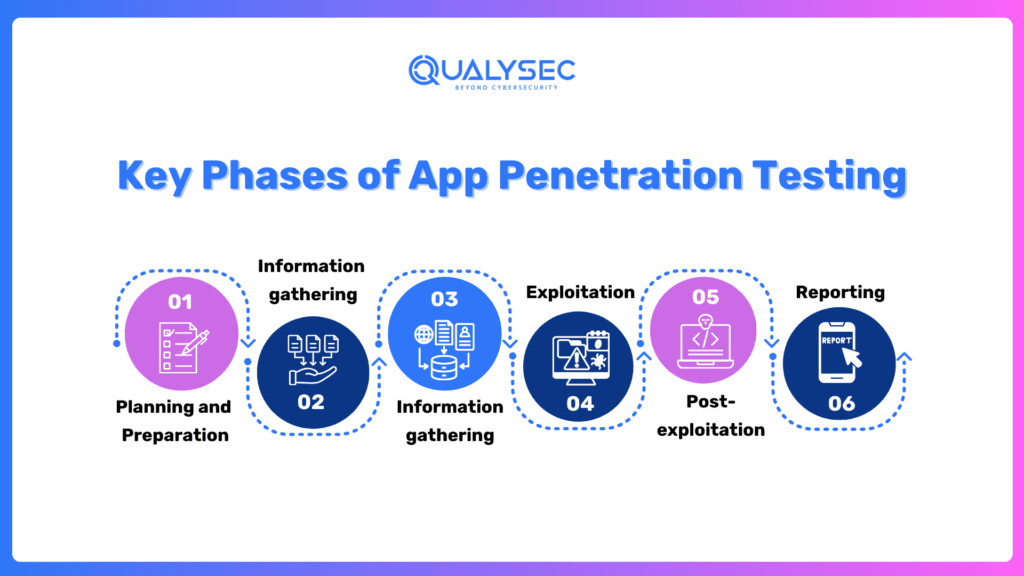
Application Penetration Testing is a structured process involving several phases, each of which is important to achieve accurate and comprehensive results. Let’s break down each phase:
1. Planning and Preparation
It prepares the ground for a good penetration test. In the testing planning phase, the scope of the test is clearly defined, including the actual systems to be tested and by using methods towards particular objectives. This phase has built-in rules of engagement to not disallow the normal operations of the application.
- Scope definition: This defines which parts of the web application will be tested, for example, which modules or the whole application.
- Objective setting: Define what the test is to achieve, such as identifying as many vulnerabilities as possible, testing for compliance, or simulating a particular type of attack.
- Rules of engagement: Define what is acceptable during the test, such as whether the test should be silent or if the team should be notified when critical vulnerabilities are found.
2. Information gathering
In this phase, the tester gathers as much information as possible about the target web application. This may include domain names, IP addresses, software versions, and public-facing APIs. The aim is to map out the application and identify potential entry points.
- Passive reconnaissance: Information gathering without direct interaction with the target, for example, DNS record lookups, public data reviews, or social media checks.
- Active reconnaissance: Interacting directly with the web app to obtain information by crawling the site using web spiders or by querying the web server for configuration details.
For instance, during the test of e-commerce, this phase of the process would reveal during the testing time that its website was hosting an outdated variant of a known CMS, which makes it vulnerable to known exploits.
3. Information gathering
With the above information collected, the next stage is finding out the vulnerabilities that exist within the web app. Manual testing is, however a requirement in this stage as automation alone cannot provide more sophisticated types of vulnerabilities.
- Automated Scanning: Tools to use in scanning the web app are OWASP ZAP, Burp Suite, or Nikto among others.
- Manual Testing: Move beyond the abilities of automated tools could see through for security flaws by checking for all input fields, API endpoints, and web application components.
Common vulnerabilities:
- SQL Injection: Manipulate and exploit a vulnerability in application database query logic by running arbitrary SQL code.
- Cross-Site Scripting: The injecting of hostile scripts into sites accessed on other users’ web applications.
- Cross-Site Request Forgery: Users might be tricked into executing an action unintentionally.
4. Exploitation
This phase involves actively exploiting the identified vulnerabilities to assess their potential impact. The aim is to determine how much damage could be done if a malicious actor were to exploit the vulnerability.
- Exploiting SQL injection: Gain access to sensitive data, modify the database, or take control of the web server.
- Exploiting XSS: Steal user sessions, deface websites, or perform phishing attacks.
- Privilege escalation: Achieve a higher level of access than intended, potentially leading to a complete system takeover.
5. Post-exploitation
Once a vulnerability has been exploited, the tester reviews the breach extent. The evaluation is about the possible damage caused, sustaining access, and even pivoting to other areas of the network.
- Sustaining Access: When a tester attains control over the web app, he/she might install backdoors or persistence mechanisms to maintain his/her access.
- Data Exfiltration: Test whether sensitive data can be pulled out of the system.
- Network pivoting: The tester may try lateral movement to breach more systems if the web application is connected to other systems.
For example, after breaching a vulnerability in a web application, the tester may find out that he can reach the internal company network and thus breach files and systems that were supposed to be secure.
6. Reporting
It should be compiled in a report. The report must detail all vulnerabilities identified, how they were exploited, and their potential impact. Most importantly, it should present actionable remediation recommendations.
- Executive summary: This is an overview of the findings and their impact written for a non-technical audience.
- Technical details: Technical analysis of each vulnerability, the discovery of each vulnerability, and how it was exploited.
- Risk assessment: Prioritization of vulnerabilities based on their severity and potential impact.
- Recommendations: Specific recommendations about how to remediate vulnerabilities, such as applying patches, changing configurations, or enhancing security controls.
Best Practices for Online Application Penetration Testing
To sum it all up, here are some of the best practices to consider while performing online application penetration testing.
- If possible, conduct tests in the production environment without interfering with normal operations.
- Automated tools come in handy for locating the most common vulnerabilities, but certain areas can only be detected through manual testing which are beyond the reach of automated tools.
- Approach the test from the perspective of probable attackers. Consider their motive and methods to simulate scenarios related to real-world attacks well.
- Web app penetration testing has to be continuous and should not be a one-time thing. Testing becomes more important when there are new functionalities or the structure changes dramatically in the application.
- Not all vulnerabilities are of the same level. This calls for prioritizing tests depending on the potential risk and impact of different vulnerabilities.
- The whole process of testing, findings, and recommendations need to be documented in detail. Documentation is important for fixing vulnerabilities and improving security over time.
How can Qualysec App Testing help you?
At Qualysec, we can provide various application penetration testing solutions that may complement web application penetration testing in several ways. Of course, penetration testing is exclusively on the identification of vulnerabilities that web applications may have but, at Qualysec, we emphasize the functional functionality of software, great user experience, and international usability. Here is how we relate:
- Functional Testing: Qualysec delivers functional testing services that ensure proper software operation at any phase of the Software Development Life Cycle (SDLC). While penetration testing focuses on security faults, functional testing ensures that an application behaves as this is important for the overall quality of software.
- User Experience (UX) Testing: Our platform focuses on real-world testing to ensure that all devices are covered and that real user experiences are replicated. That is because a secure application must also be user-friendly. The identification of usability problems can help prevent security vulnerabilities that arise from poor user interactions.
- Localized Testing: Qualysec offers localized product feedback, which can be crucial for web applications targeting diverse user bases. Understanding how different users interact with the application can inform both security practices and usability improvements.
- Performance checks: While penetration testing identifies security vulnerabilities, we also focus on performance issues, ensuring that applications run smoothly under various conditions. Performance can impact security, as slow or unresponsive applications may lead users to take actions that compromise security.
- Integration with security practices: With combined insights from functional and UX testing and the results of a penetration test, organizations will completely understand their web applications’ points of strength and weakness to build secure applications that are more user-friendly.












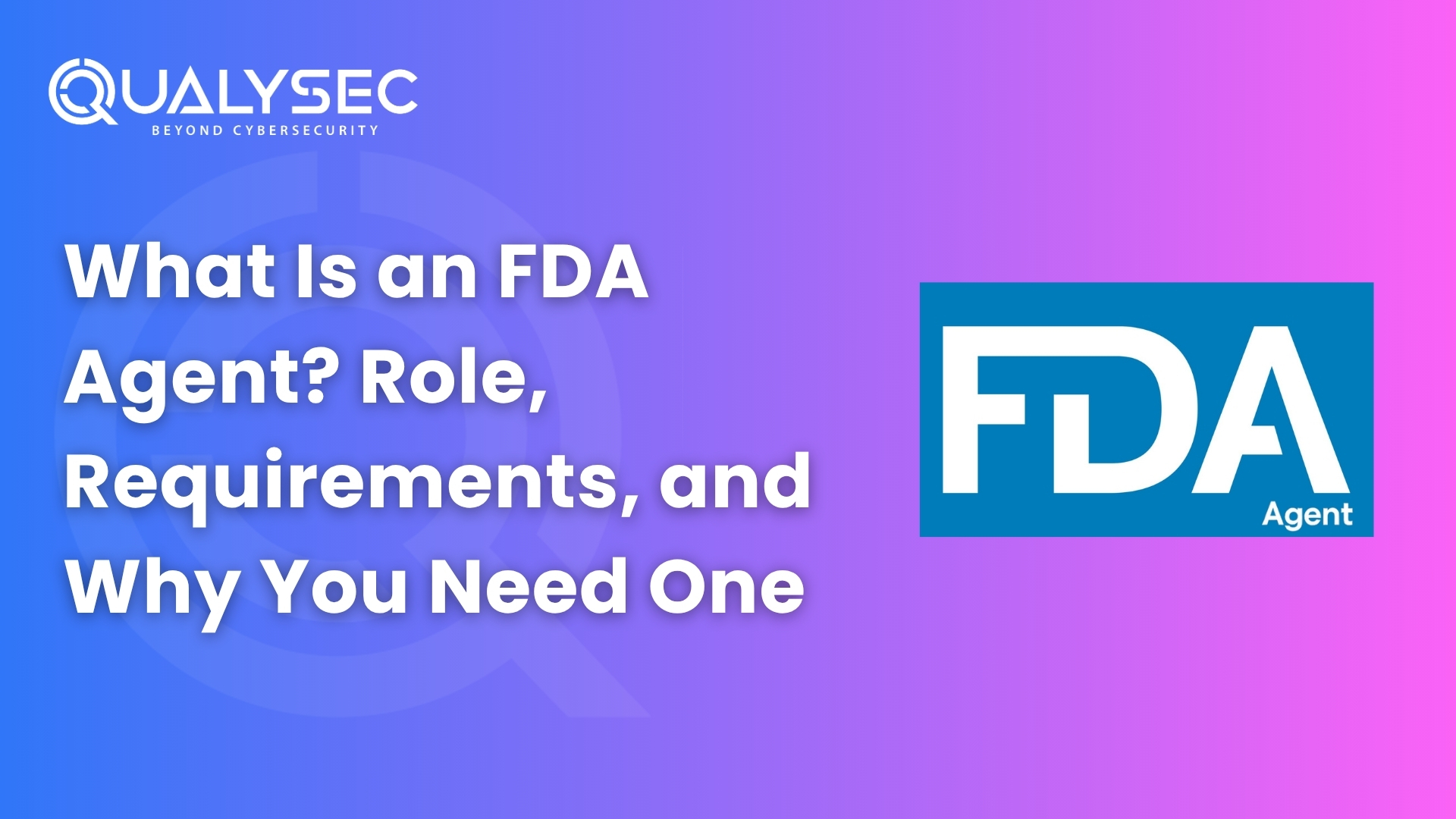








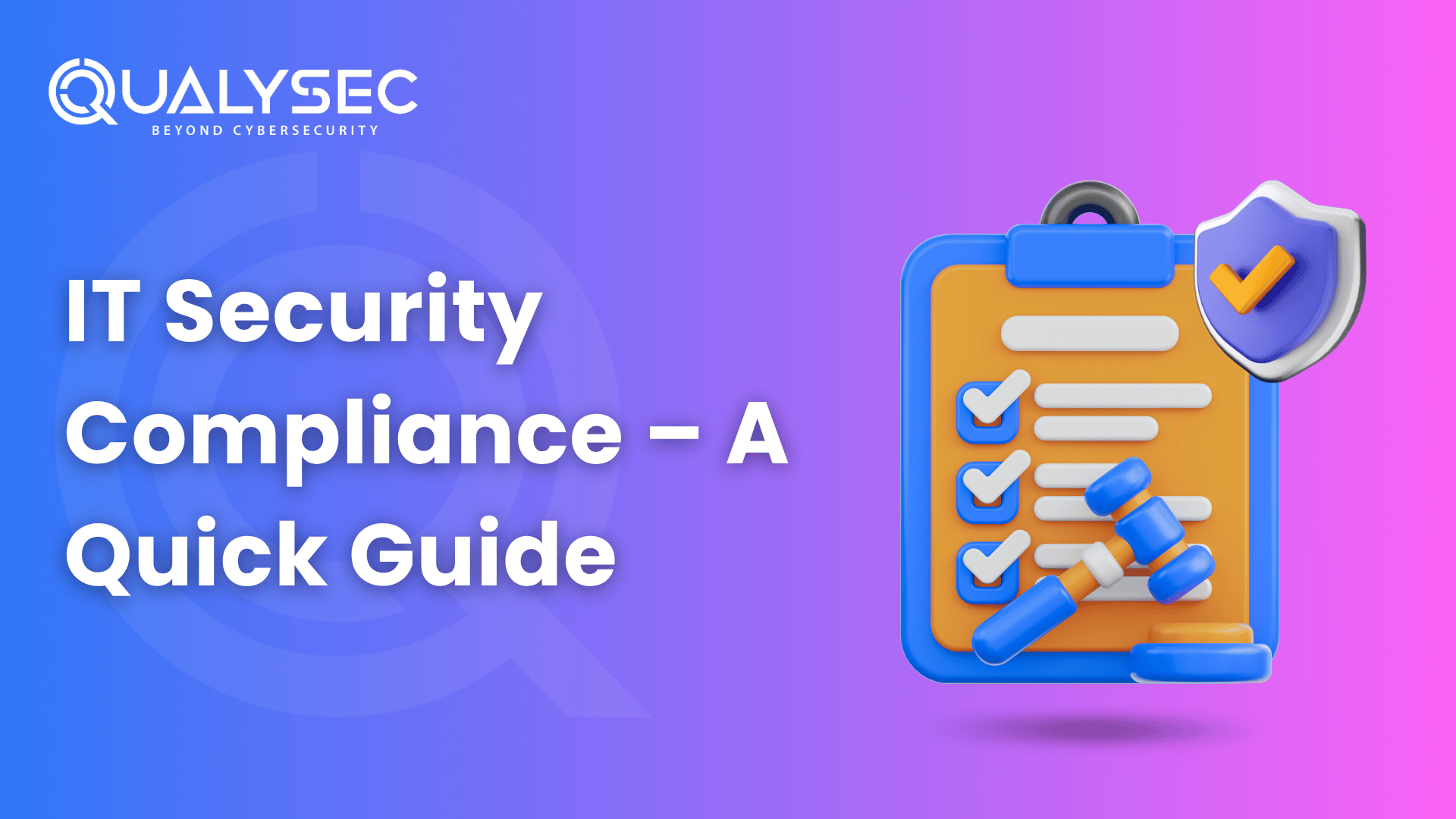















































































































































































































































































































































































































































































































0 Comments